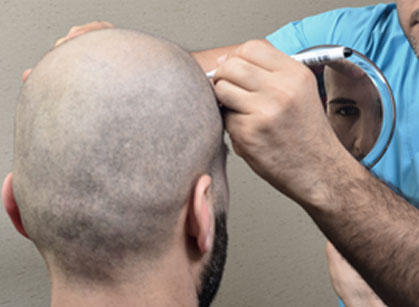Hyperhidrosis
Excess sweat production on the entire surface of the body or just in some areas (especially the scalp, palms of the hands, soles of the feet) is called hyperhidrosis.
Some of the causes that may lead to temporary hyperhidrosis are physical hyperactivity, fevers, saunas, vomiting and dysentery. Causes that may instead lead to a repeated state of hyperhidrosis are hyperthyroidism, hypoglycemia and alcoholism

 English
English  Italiano
Italiano  Français
Français  Español
Español 





